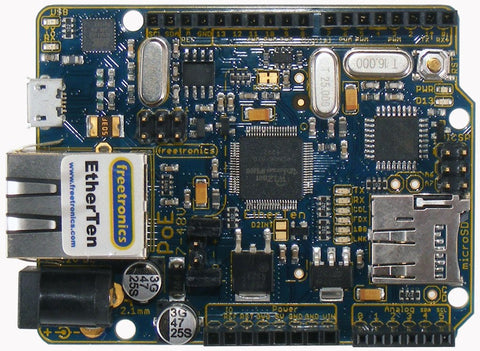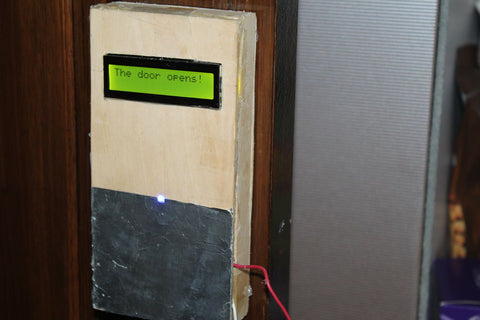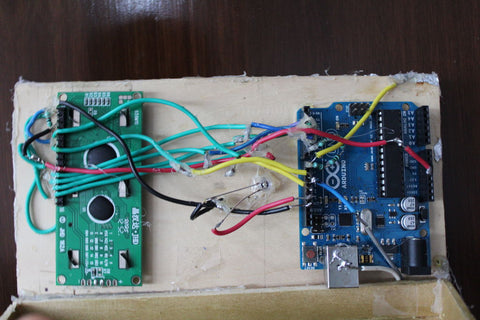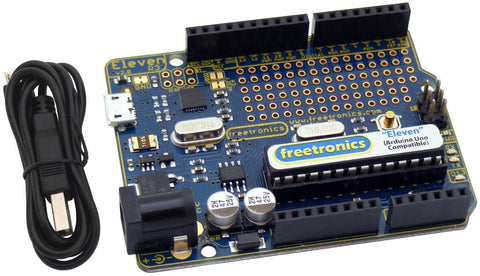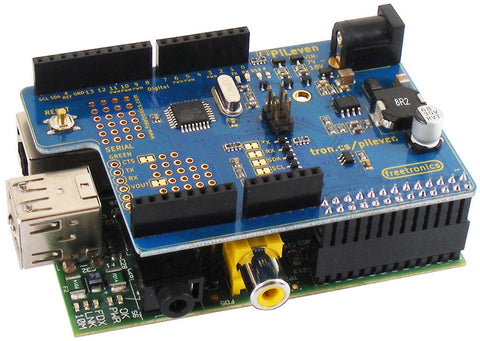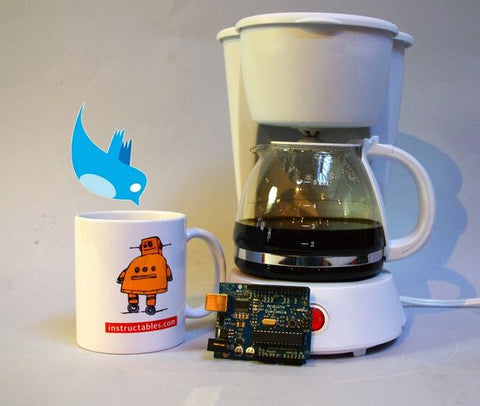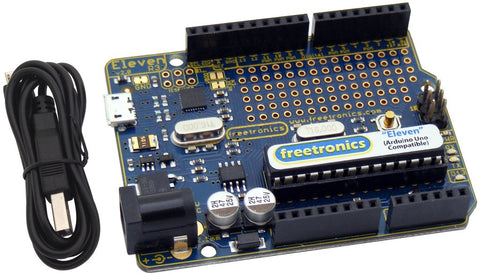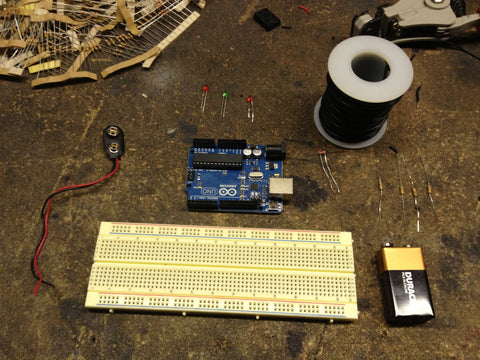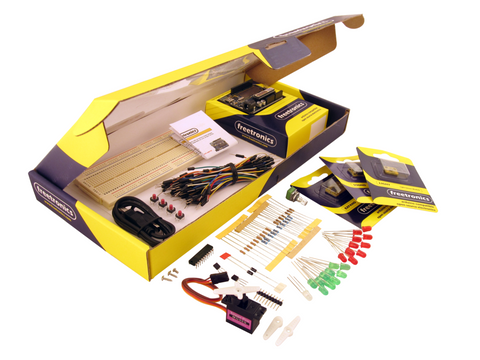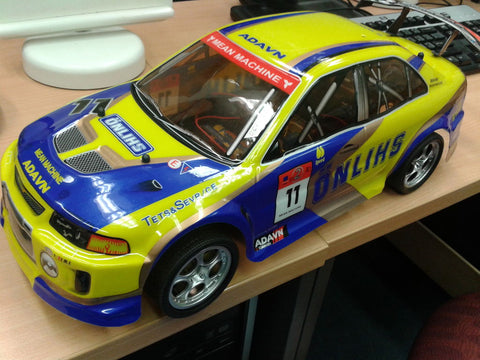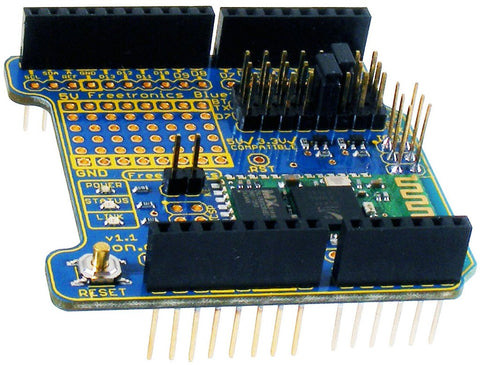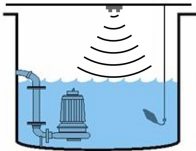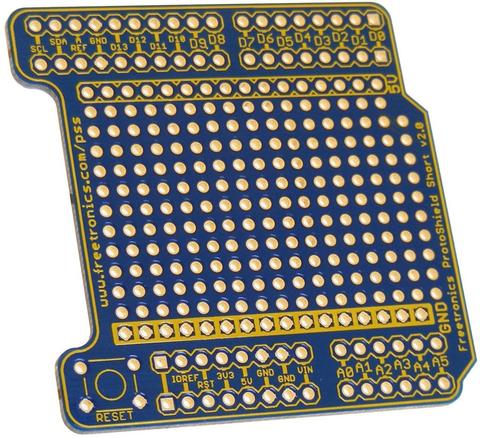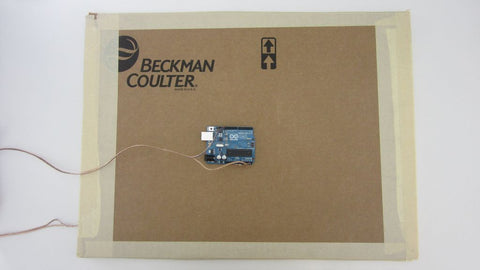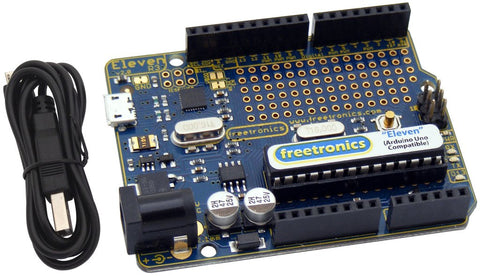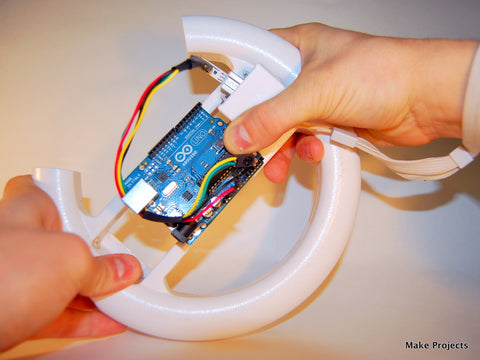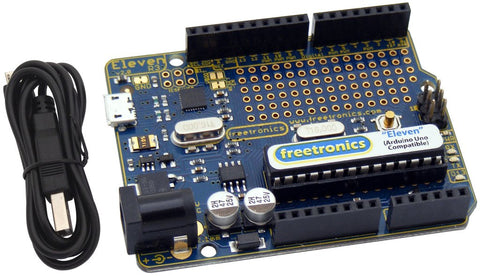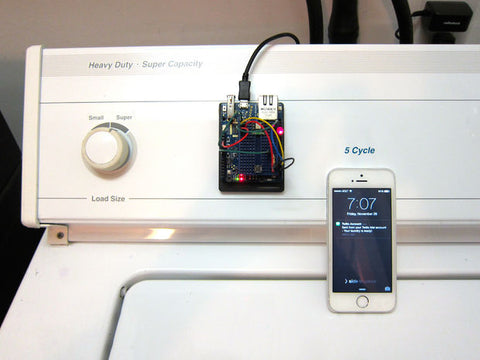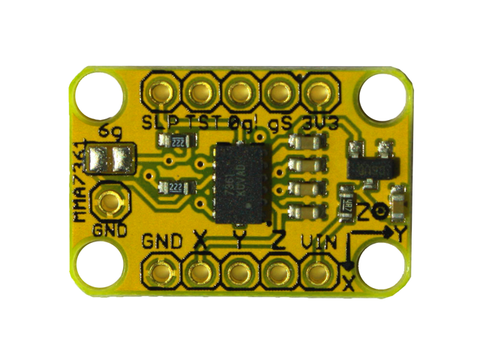For those who are chronically forgetful or who often find themselves locked out of home, Instructables member and Freetronics customer MegunoLink has developed a system that allows you to open your garage using only your smartphone, granting quick and easy entry even without your keys.
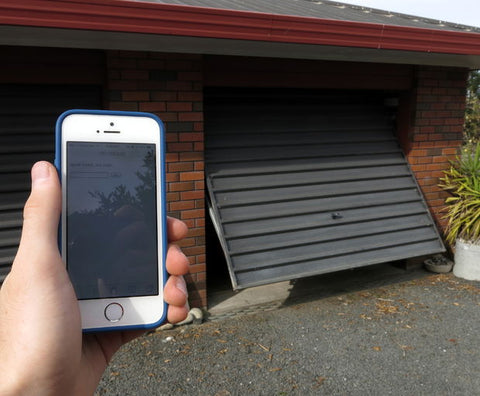
The project uses an EtherTen to host a web page which can be accessed from any device on your local network. When you enter the password on the website, the Arduino switches a relay that triggers the opening of the garage door. The project should work on most motorised garage doors and only requires basic soldering to assemble. All of the parts are readily available, and completing this project will introduce you to the basics of controlling anything and everything over the internet.

Once you have obtained the parts required, you could easily add internet connectivity to your garage door in a few days - visit the Instructables page to get started. To find out about more cool projects like this follow us on Facebook and Twitter.
If you’re looking for an Arduino Uno compatible board that can talk to the world and add connectivity to your projects, use our Freetronics EtherTen - the Arduino-Uno compatible board with built in Ethernet:
